LDOs are not converting voltages, they are dissipating excess voltages into heat. Thus choosing a different LDO won't change anything regarding that.
Your selected LDO has a thermal shutdown feature. It could be that you are triggering that due to overheating. Have you checked that your LDO can sustain what you are asking it to provide ?
To find out if your chip will overheat you can do the following computation :
You haven't specified the mean current that your circuit is drawing on the 5V net. I will assume 100mA. Feel free to adjust that value to check your actual design.
The worst case is when your battery is full at 8.2V
The voltage across your LDO is : 8.2V - 5V = 3.2V
The current through the LDO is 100mA as we defined.
The power that the LDO has to dissipate into heat is : V * I : 3.2V * 100mA = 0.32W
Now it's time to check if the LDO is able to dissipate that.
Let's check the datasheet :

You are using the SOT25 package thus the thermal resistance is 155°C/W.
The increase of temperature of the junction would be : 0.32W * 155°C/W = 50°C.
Assuming that the worst case ambient temperature is 60°C in the case. The junction temperature is : 60°C + 50°C = 110°C.
110°C is below the maximum allowed junction temperature given in the datasheet : 150°C.
Thus your design should be fine assuming the current consumption I have chosen.
As it is, I cannot see if your heater element is powered through the LDO or not. If yes, it's likely that it is drawing much more current than my assumed 100mA and thus the LDO would overheat !



